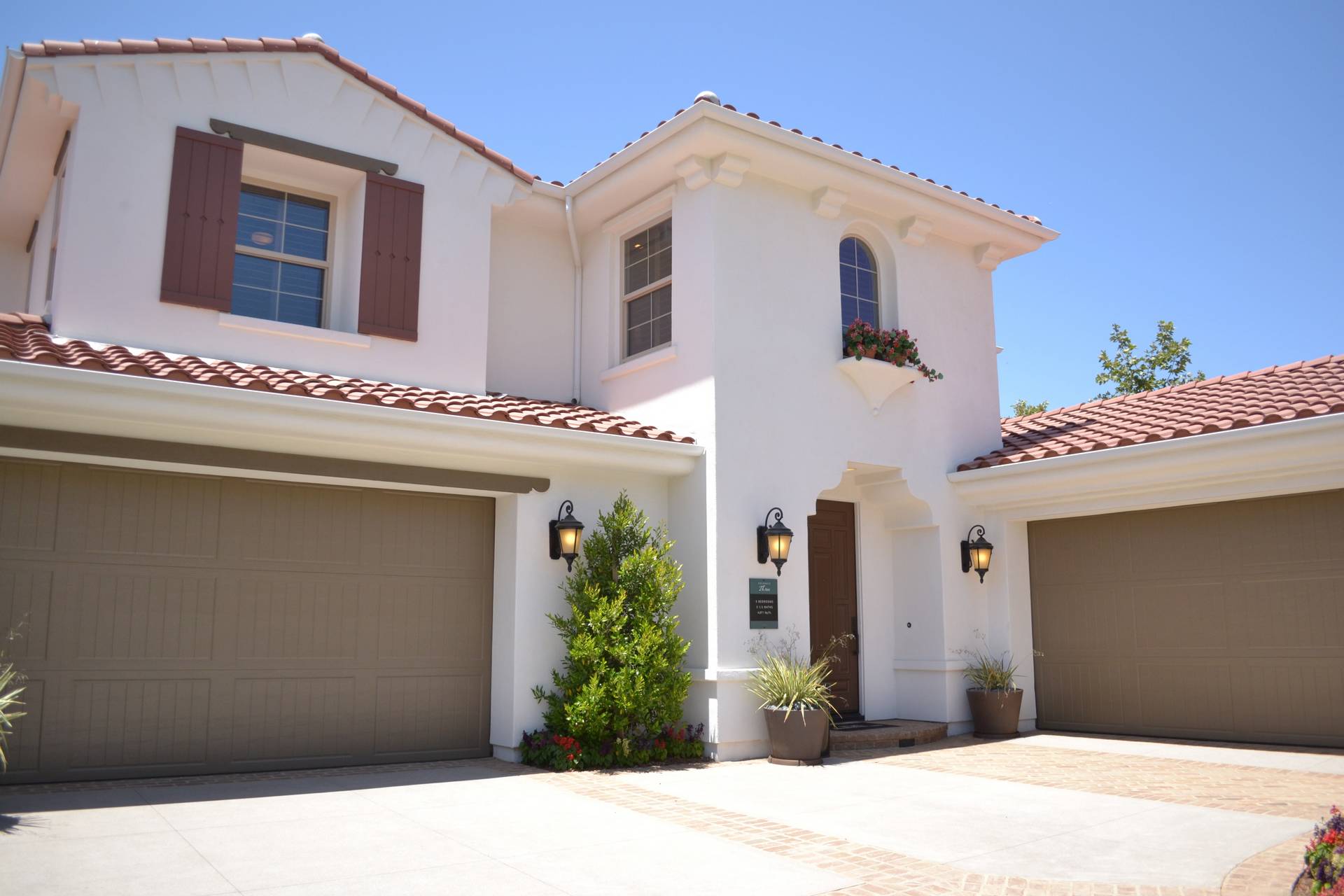Anyone working on a construction site has to provide their ten-year guarantee before they start.This is liability insurance that people working in the construction industry are required to hold with respect to their customers (i.e., private individuals) and is designed to cover any defects identified and established by an expert. Please note that, in order to ensure the insurance is valid, construction professionals are required to obtain a certificate issued by the insurance company as well as proof that they have paid the premium.
Structural damage insurance (SDI) can be taken out by the project manager. It covers certain types of damage that may affect the soundness of a building or make it unsuitable for its intended purpose, for a period of 10 years from when the work is completed.
A range of building types :
- Building Contract for a Single-Family Home (CCMI). If the project manager (i.e., the builder) offers this complete system to his customers, however it is made (using traditional or environmentally friendly materials, or wood) he will be required to provide guarantees that are mentioned in the contract and protected by law. The guarantees will particularly need to cover : delivery of the building, visible defects, reimbursement and damages (ten-year professional liability for the project manager, and a guarantee that the building has been completed (i.e., a bank guarantee) and functions properly)). Insurance required : SDI insurance is included as a matter of course, appears in the contract, and is either included in the CCMI price or is paid separately by the customer. The CCMI’s legal framework is greatly appreciated by banks and is highly acclaimed for making it easier to access financing. This contract was introduced for builders in 1990, and has to be signed before work starts; it protects the borrower by providing guarantees related to delivery, price and deadlines.
- Project management contract : a more flexible system that allows you to make use of a construction professional (i.e., an engineering design company, building cost expert, or architect) who designs the project (the plans and technical documents) and supports the project manager during the construction process for a fee (about 10% of the budget). His role is to allow the customer to choose the companies that will be responsible for building his house within the budget allocated and to agree contracts with specialist workmen. Insurance required : Professional Civil Liability (PCL) for the project manager, ten-year insurance for any workmen hired; SDI insurance is highly recommended, and banks often require borrowers to take it out.
- The customer is both the main contractor and the project manager. He is the future property owner, who issues instructions, and the only one to take care of the tendering process and agree the contracts with specialist workmen. He is also responsible for monitoring and organising the companies involved. This type of contract is not the banks’ favourite kind because, unless the project manager works in the construction profession, this role is particularly difficult to carry out. Essential insurance : ten-year insurance for all companies working on the site (compulsory) and SDI is strongly recommended by the banks for the borrower’s protection.
- Self-building : The future owner builds his own house with his own hands. He is responsible for buying the materials and carrying out the work. SDI cannot be taken out in this situation.
From a property perspective, it is not our firm’s responsibility to give its private customers guidance on the merits (or otherwise) of the contract they are going to sign. However, we can help you find the best compromise between what you’re looking for, your budget and the banks’ standard requirements, which vary from one institution to another.





